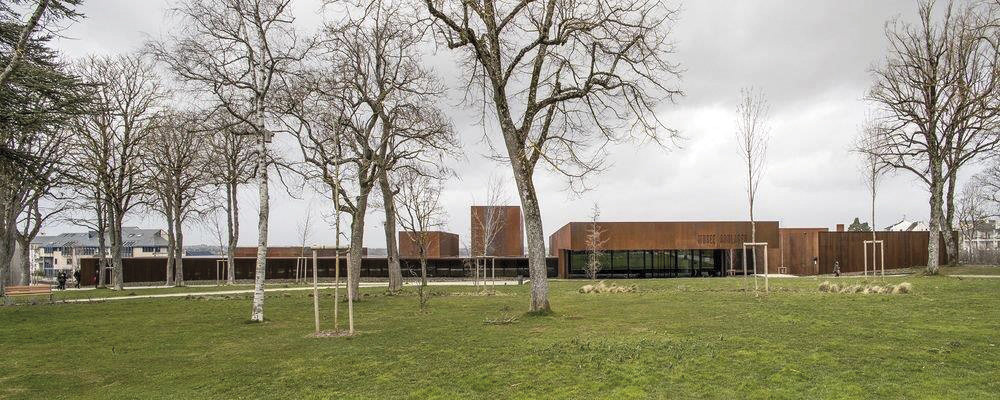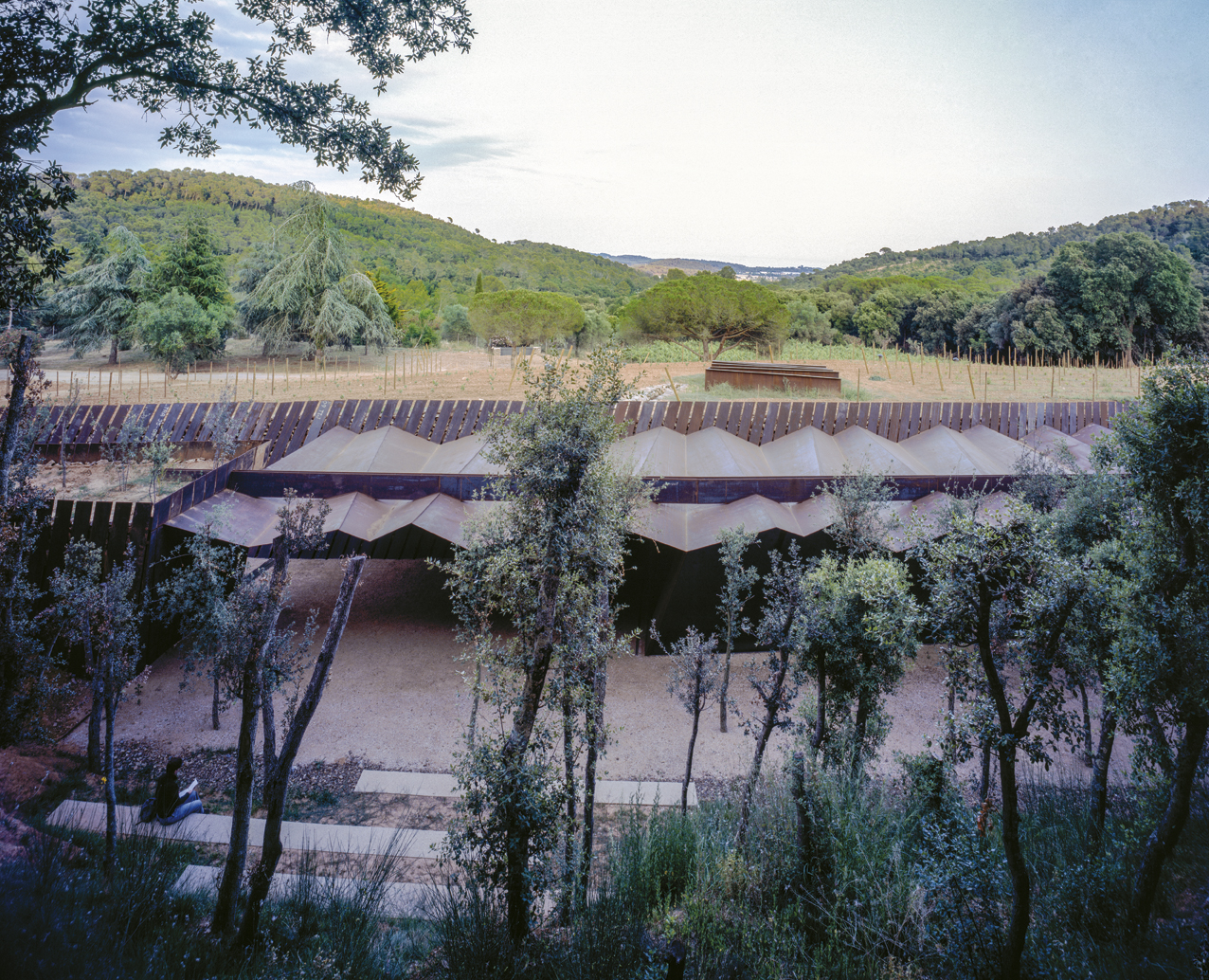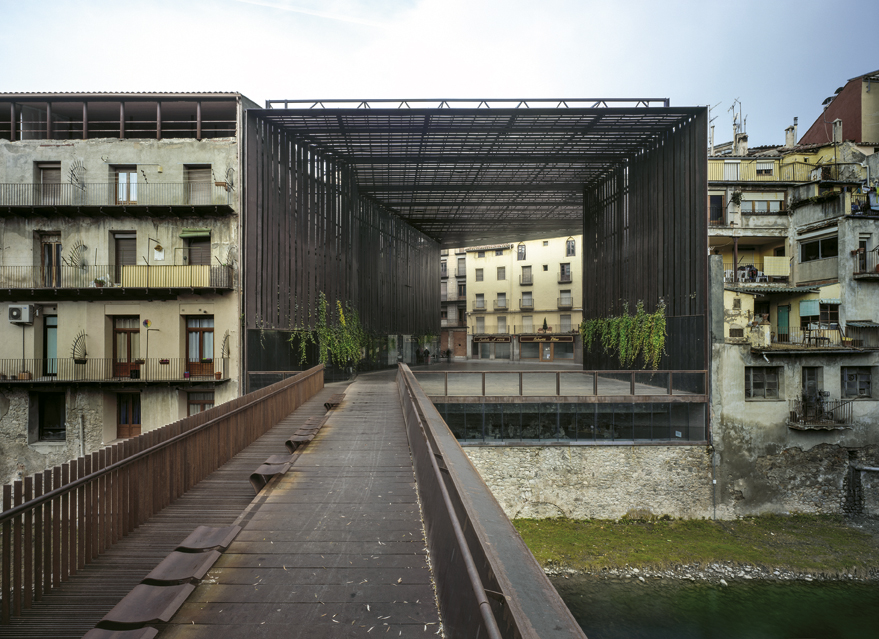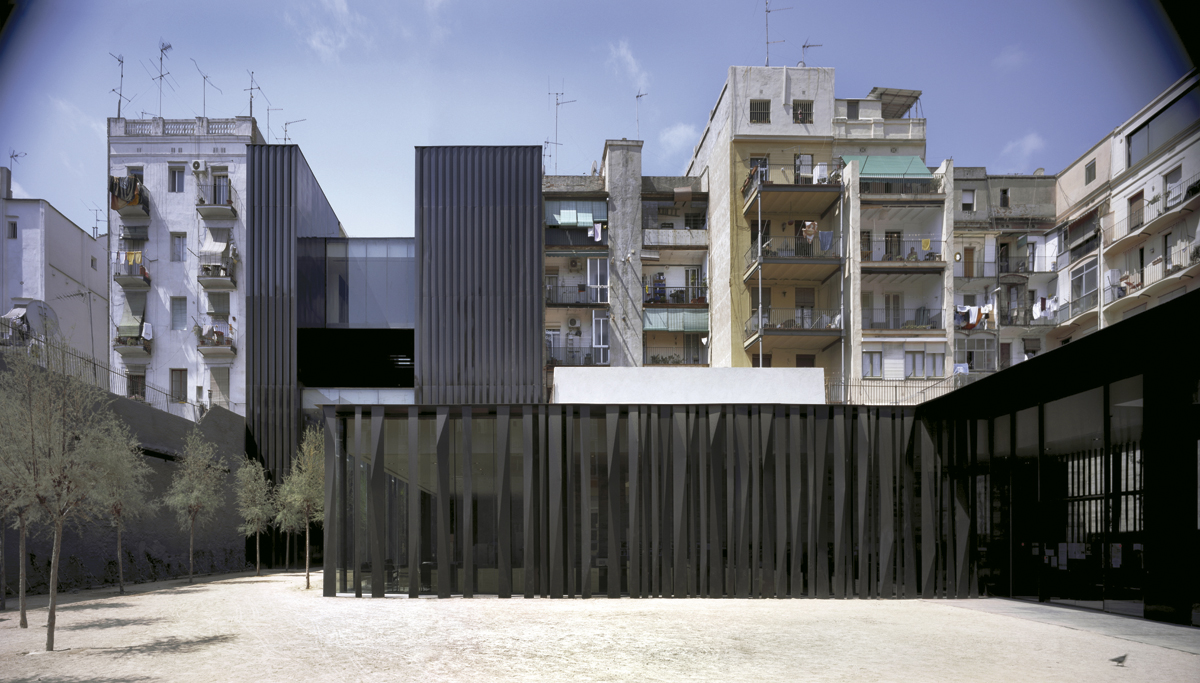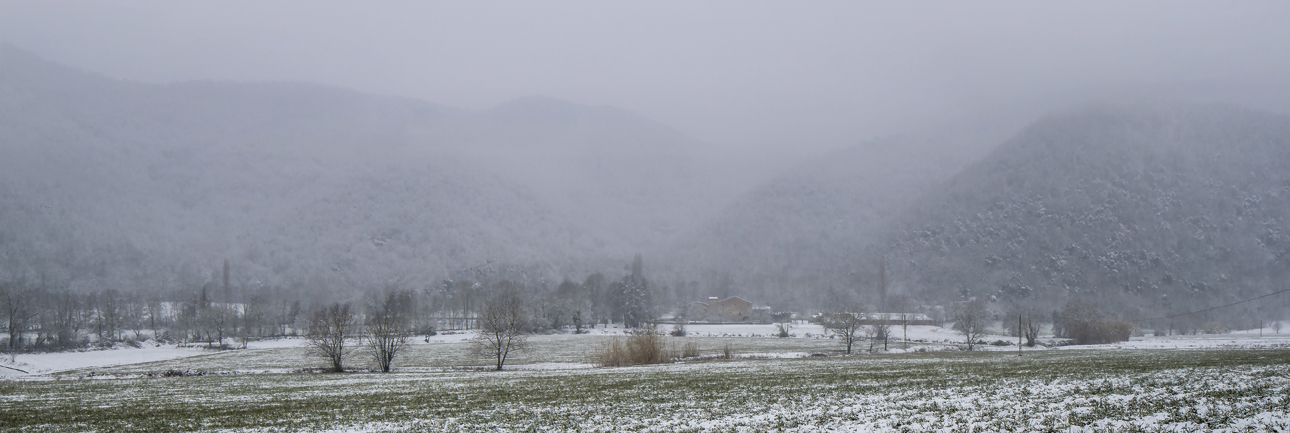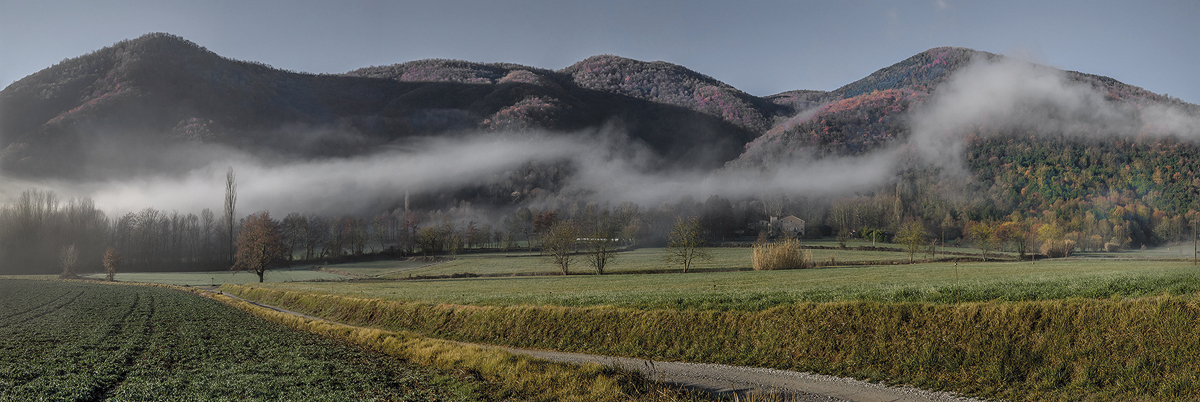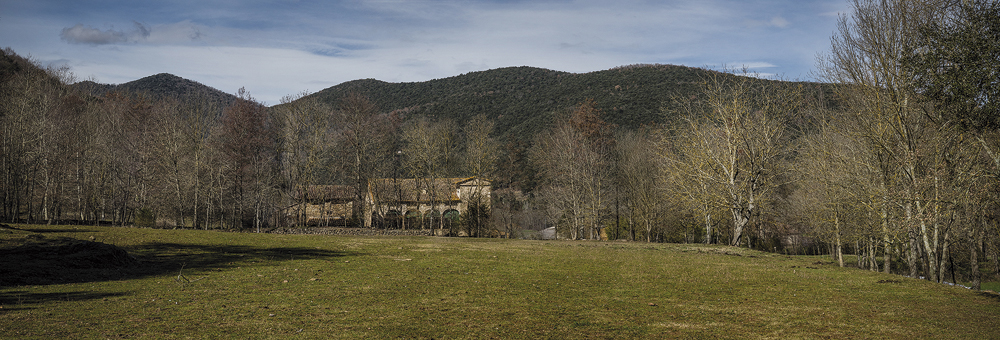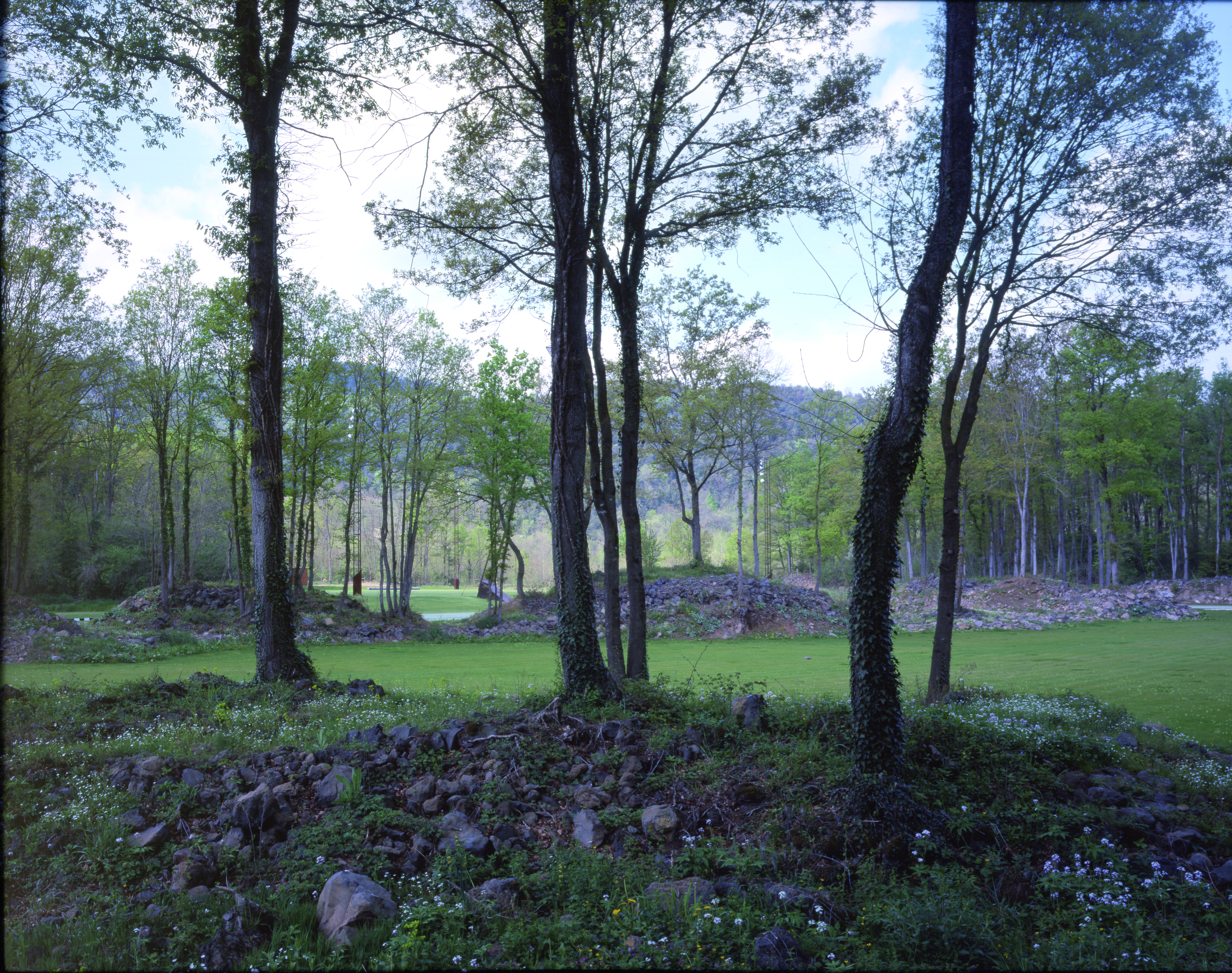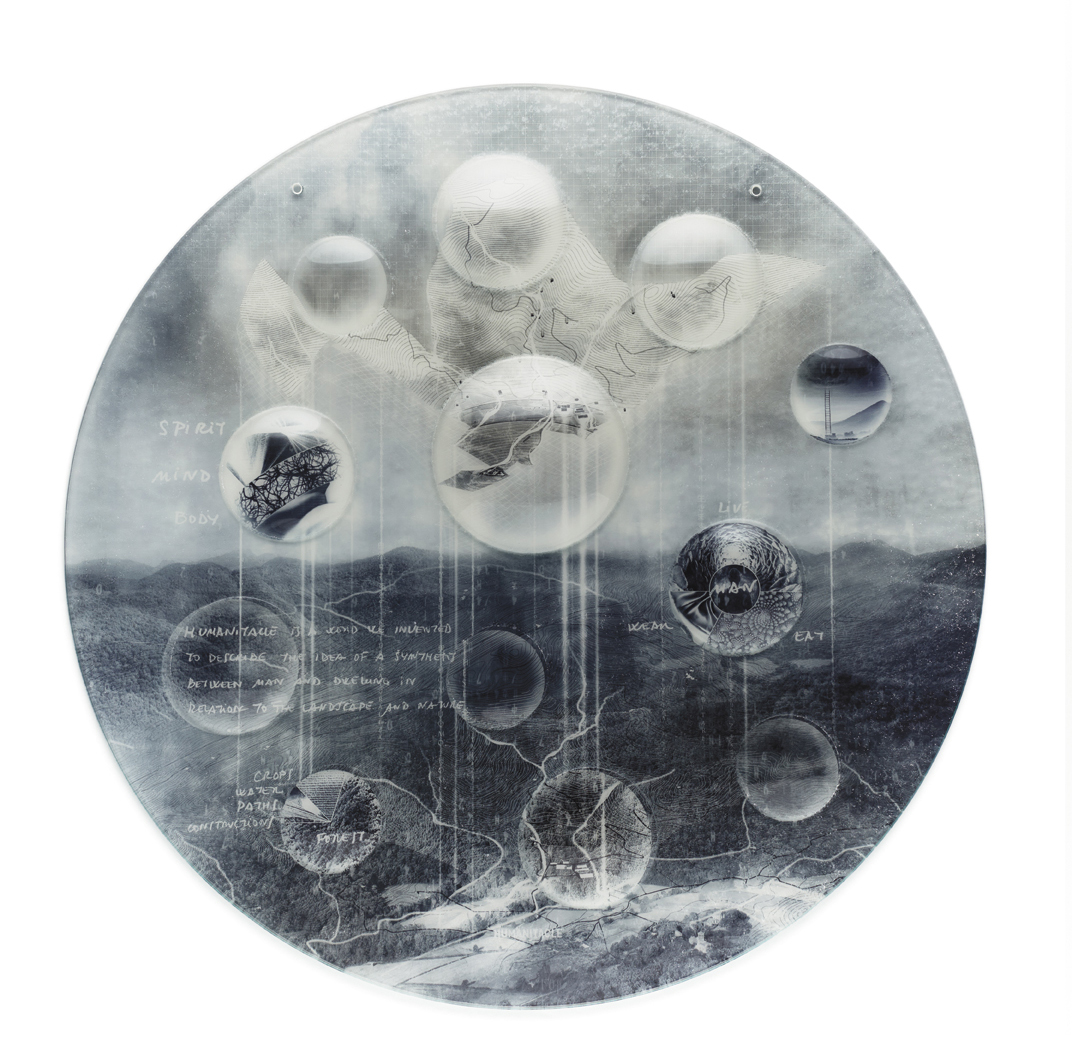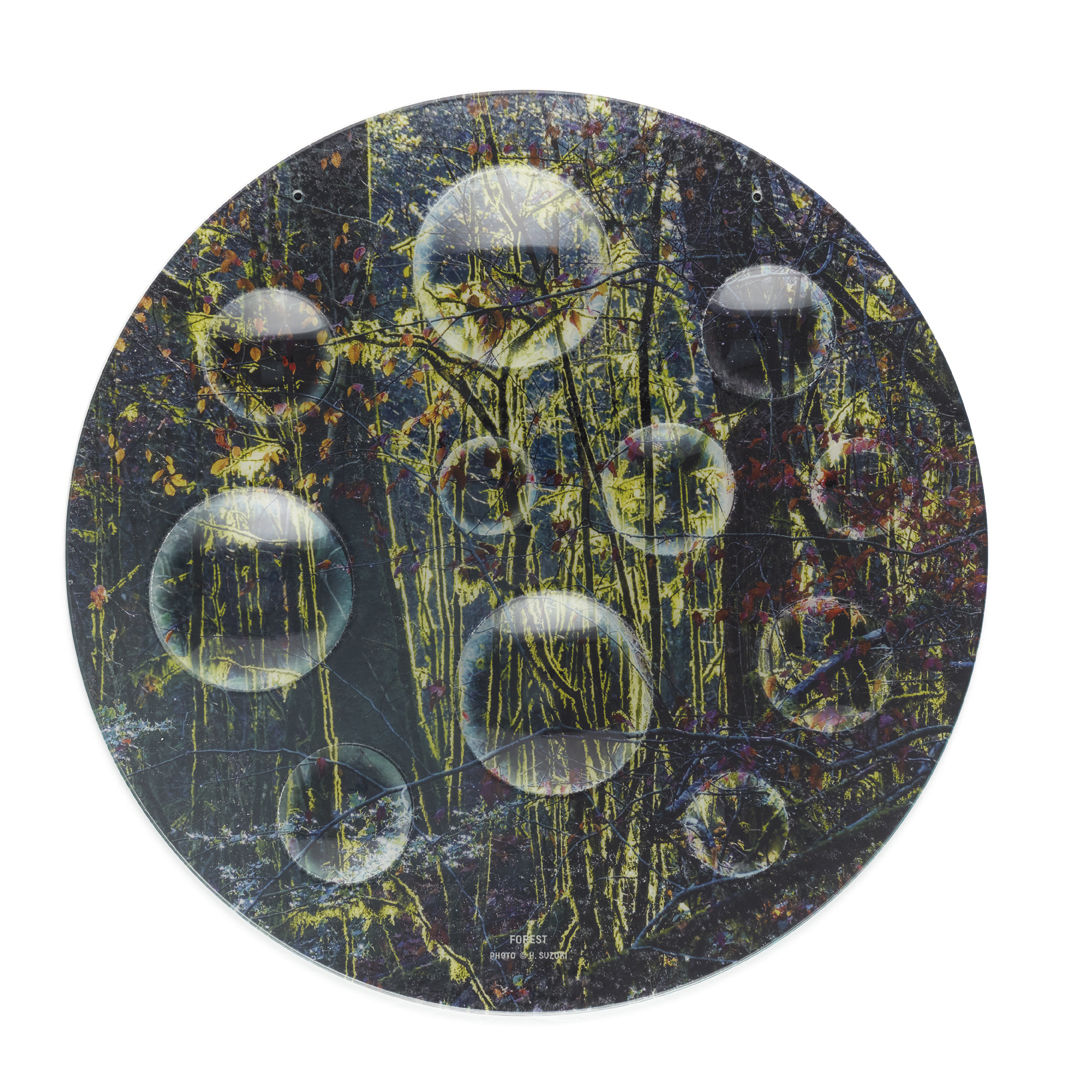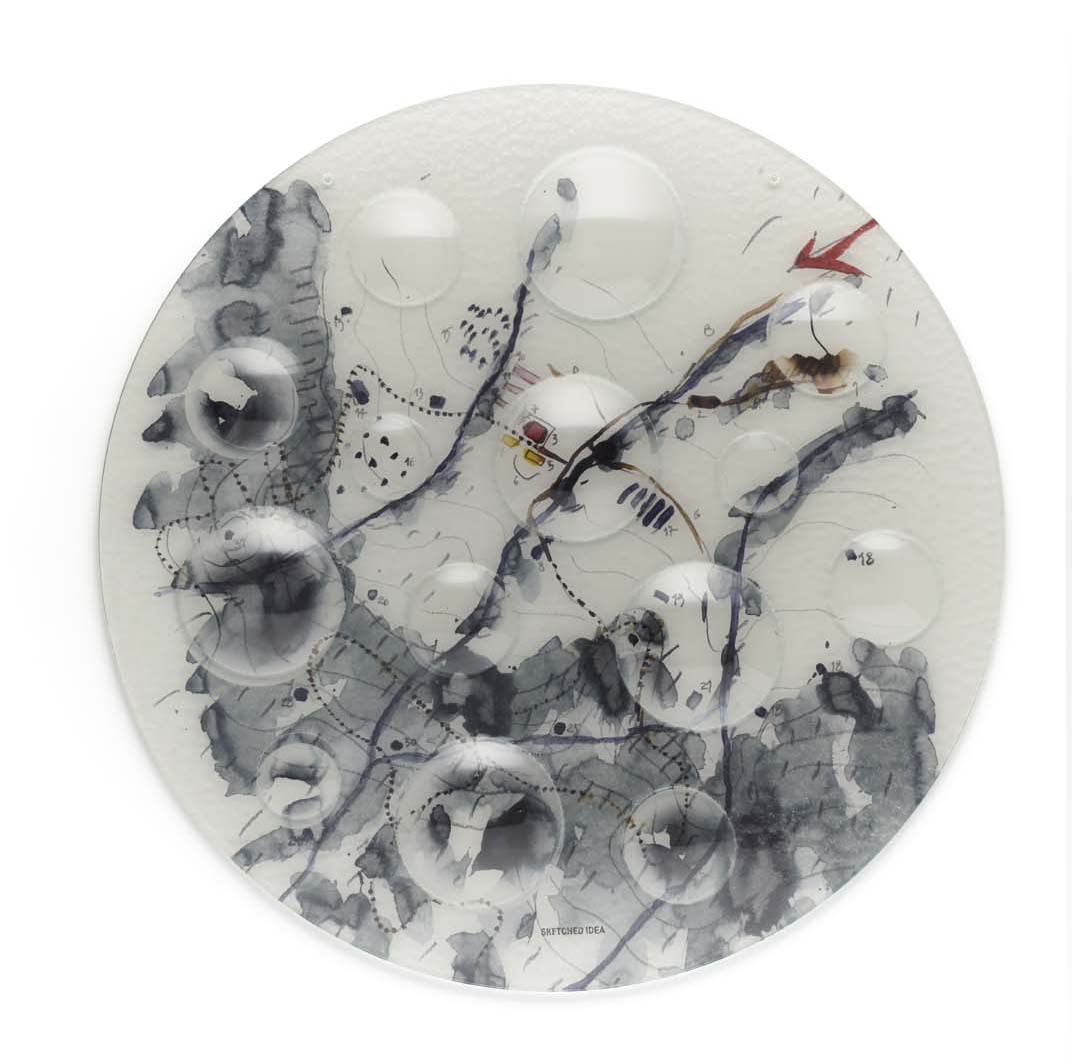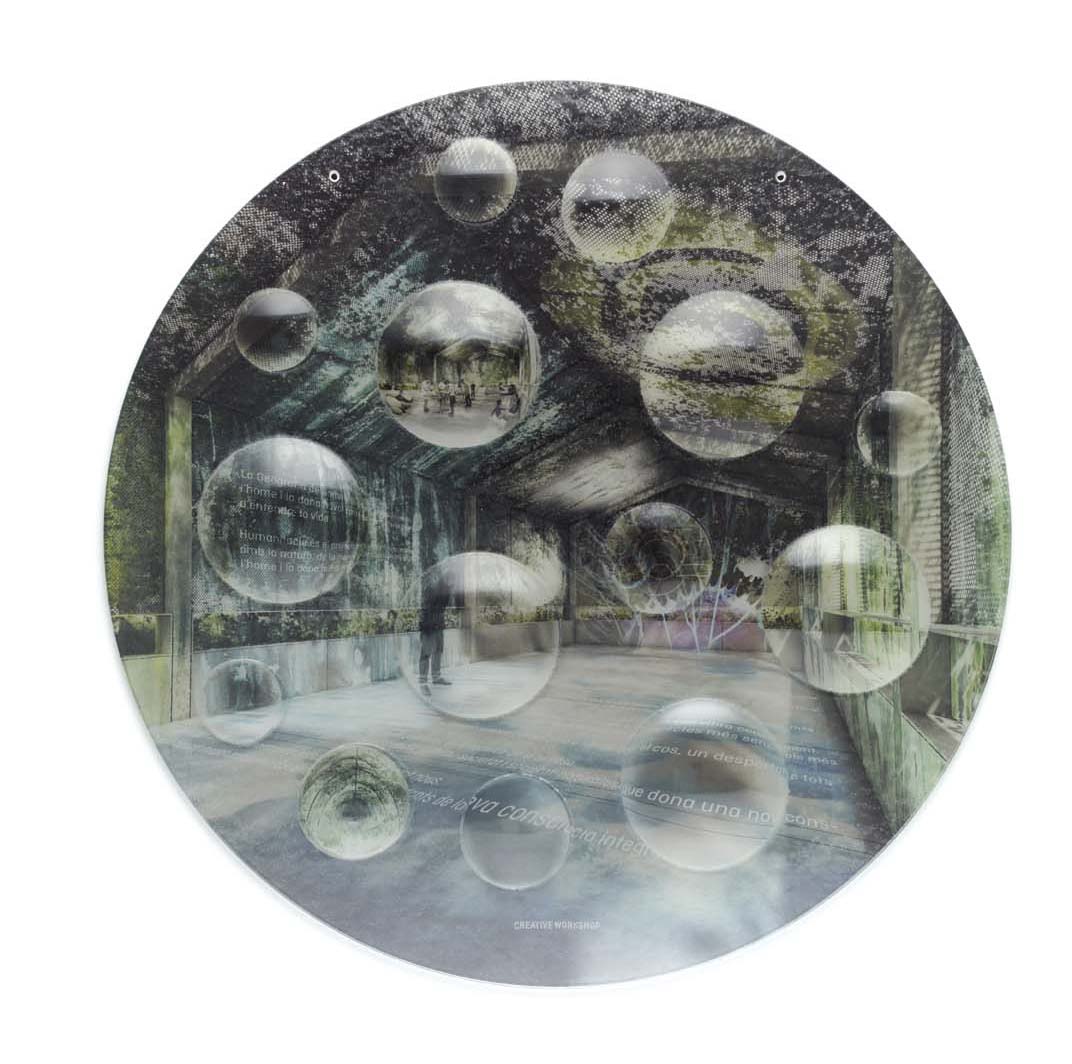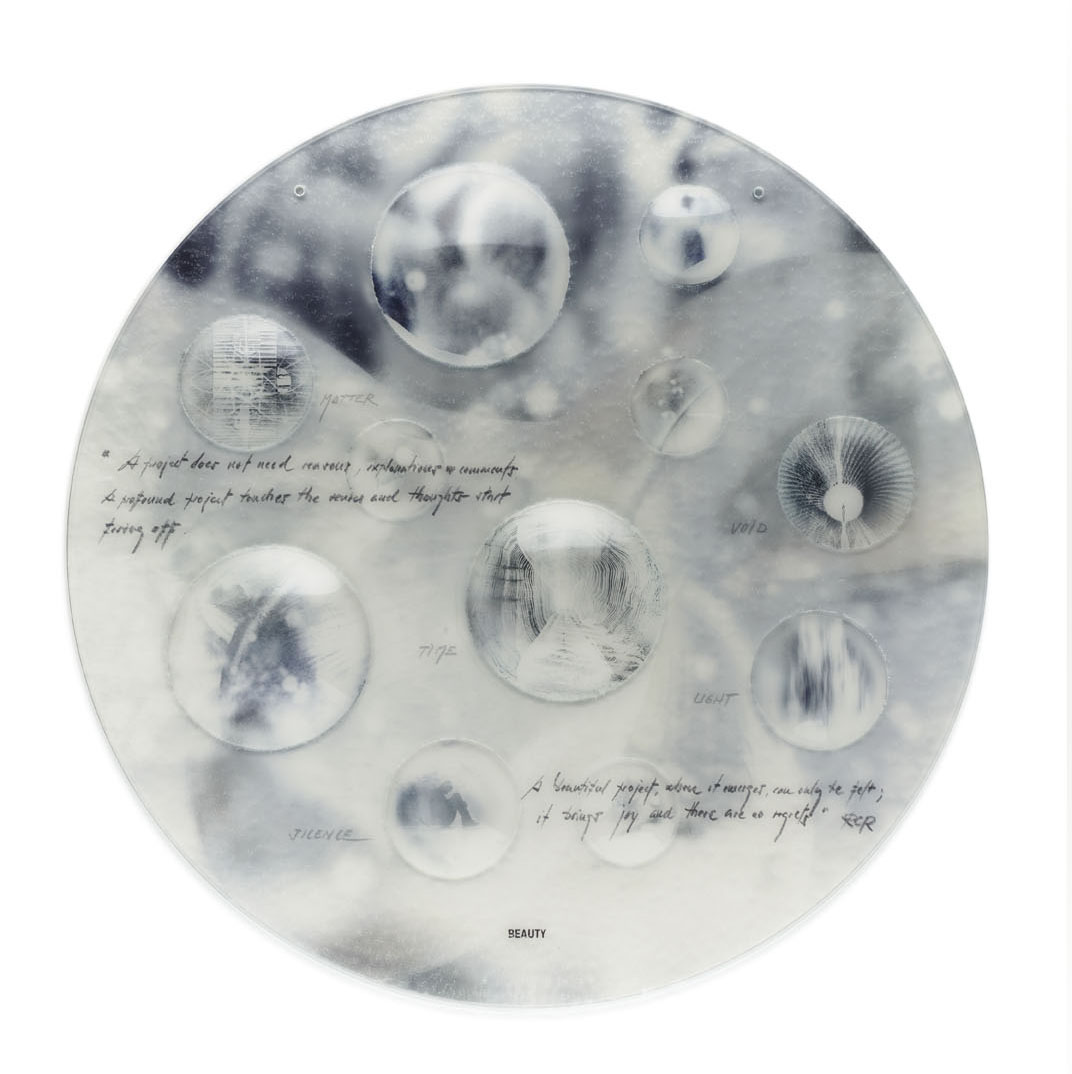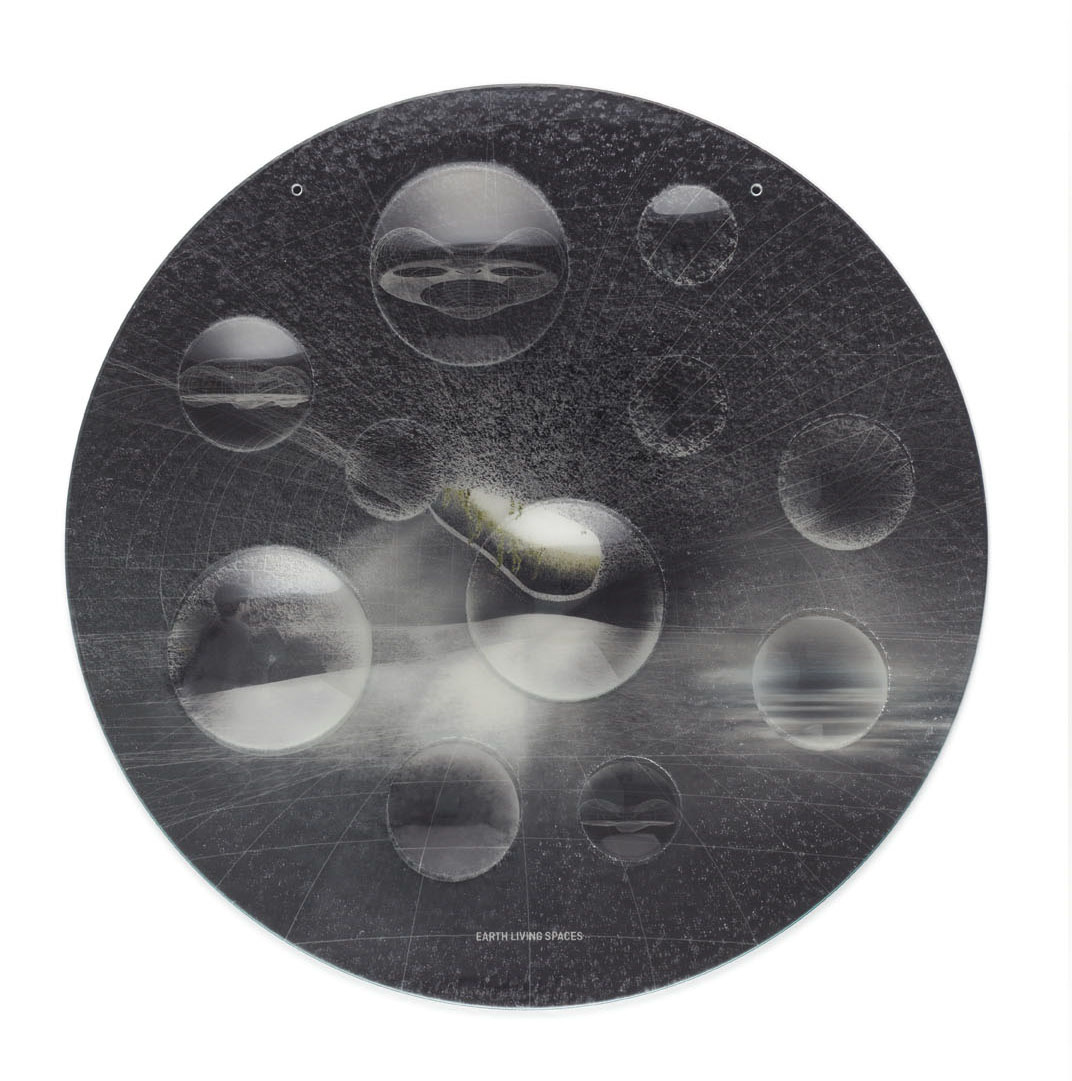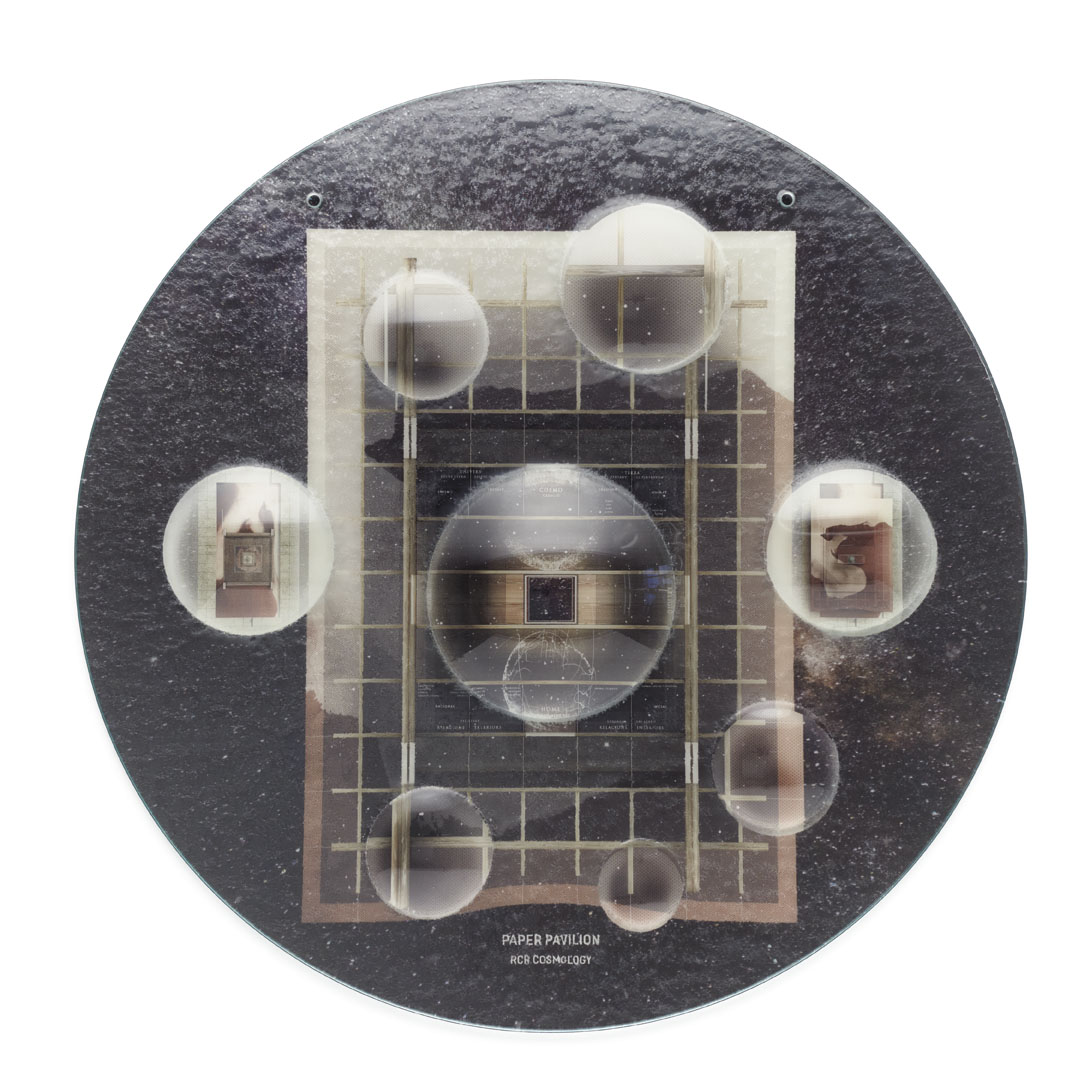Dreams and nature: the story of an exhibition
“The future belongs to those who believe in the beauty of their dreams.” Eleanor Roosevelt
For RCR, on the wings of architecture, dreams are revealed in a palpable way. That is their territory: between dreams and ideas, and their materialization in the real world.
For the first time, we are presenting them as contemporary thinkers with the ability to provide responses, from within architecture, to the world that surrounds them, and revealing the unique interior world that is the foundation of their creations and the origin of the architectural designs we are all familiar with today.
And it is precisely at a time when they are more in the public eye than ever, having been awarded the Pritzer Prize (2017), that we are proposing an exhibition that reveals the most intimate universe inhabited by Rafael, Carme and Ramon.
And from that world of dreams, an unprecedented dream emerges. The dream of La Vila, the dream of architecture that is free, stripped bare, authentic, emotional and essential. The landscape of Olot as an experimental laboratory for architecture. La Vila implies discovering a new reality which, in the form of a cloud of fog, slowly reveals itself with space for ideas but also the landscape, images, drawings and words. It represents the search for an architecture that allows for building an entirely genuine world of unknown relationships and synergies, with the excitement of their discovery.
With all of this, the exhibition becomes a journey through an architecture that is contemplated and experienced – that is the unavoidable way of discovering and truly understanding RCR’s architecture: by feeling it. The traveler enters into a dream, slowly and serenely, and is softly absorbed into the furthest depths of that dream.
The journey is an experience. A sensory experience for everyone who takes part in it. Once all references to the exterior are removed (and through an entrance that is nearly hidden) the traveller is immersed into a dream, the material world disappears to make way for a sensory and emotional space that is liquid, immaterial.
To enter into a dream, you need a portal. When you cross the Threshold, it alters your perception of what is familiar. It is the transitional space leading into the deepest dream. Like in sleep, where the REM phase is preceded by a state of semi-conciousness, that is what is on display here. In that state, dynamic and floating images present the RCR universe, commenting on the complexity of how it is experienced, taking on its role as the space for presenting and summarizing their career up to the present.
From there, we enter the Dream. Gradually drawn into an immaterial space of movement, reflections, shadows, in a pleasurable and sensuous space, it is in this space of dreams where we come into contact with the design of La Vila, in order to discover it. It is a project for the future and the present: what is still to come, and what is currently taking shape. As such, it is displayed as a fragmented reality, where each individual will create his own narrative and arrive at her own perception.
We all dream. But how can a dream be given a form? How can we materialize a mental state that is immaterial?
Through the Geography of Dreams, La Vila is structured around three symbolic values: body, mind and soul. Symbolized by a circle, they evoke the search for balance and absolute harmony. In Japanese calligraphy, the circle (or ensō) symbolizes a moment when the mind is free to let the body and spirit create, absolute illumination, strength, elegance, the universe and the void. Only someone who is mentally and spiritually complete can draw a true ensō.
Thus, the circle becomes the basis for the language of this new dream.
La Vila is a project at a key moment in its genesis. It represents the birth of an idea, a philosophy, a built utopia. As such, we are witnessing the birth of a project that has only just fully entered the process of being defined and structured, and it is beginning to take shape. In that sense, it is shown as a fragmented, distorted reality, presented through the idea of a magnifying glass: focus-blur, definition-distortion, unity-fragmentation. Those properties make it ideal for constructing the language being sought.
At the same time, the circle evokes the value of a ritual where there can be no notion of a specific beginning or end. Its space is continuous and infinite. We imagine a non-physical space that will transport us to a mental space, made of sensory material: a volatile, crystalline and distorted skin that envelops us. A changing and dynamic atmosphere, where we feel abstracted from reality, but for that same reason connected to it. Freed from distractions. An essential space, a space of universal communication. We propose a space of action. Dynamic. Changing. Temporary. Like dreams.
This is a dream of nature. We are looking for a skin made from the same dream of nature as La Vila: its earth, its air, and the ideas that are hidden there. We want to present it using genuine language, like the untranslatable words that the Japanese tradition needed to invent to define concepts that could describe our connection to nature: experiences that are shared by everyone, universal, but which everyday language cannot express. To that end, a mosaic of magnifying glasses where the images seem distorted, with the goal of sparking unique and individual readings that are suggested by each individual’s open interpretation.
In this way, an experience comes into being through the actions of the people experiencing it. Everyone who participates in the dream will take their own personal dream home with them.
We will bring the space of La Vila into a common dream, a shared dream.
In the end, there will be nothing left of the space, but the dream will be everywhere, for everyone and by everyone.


